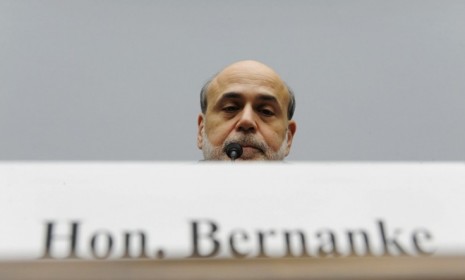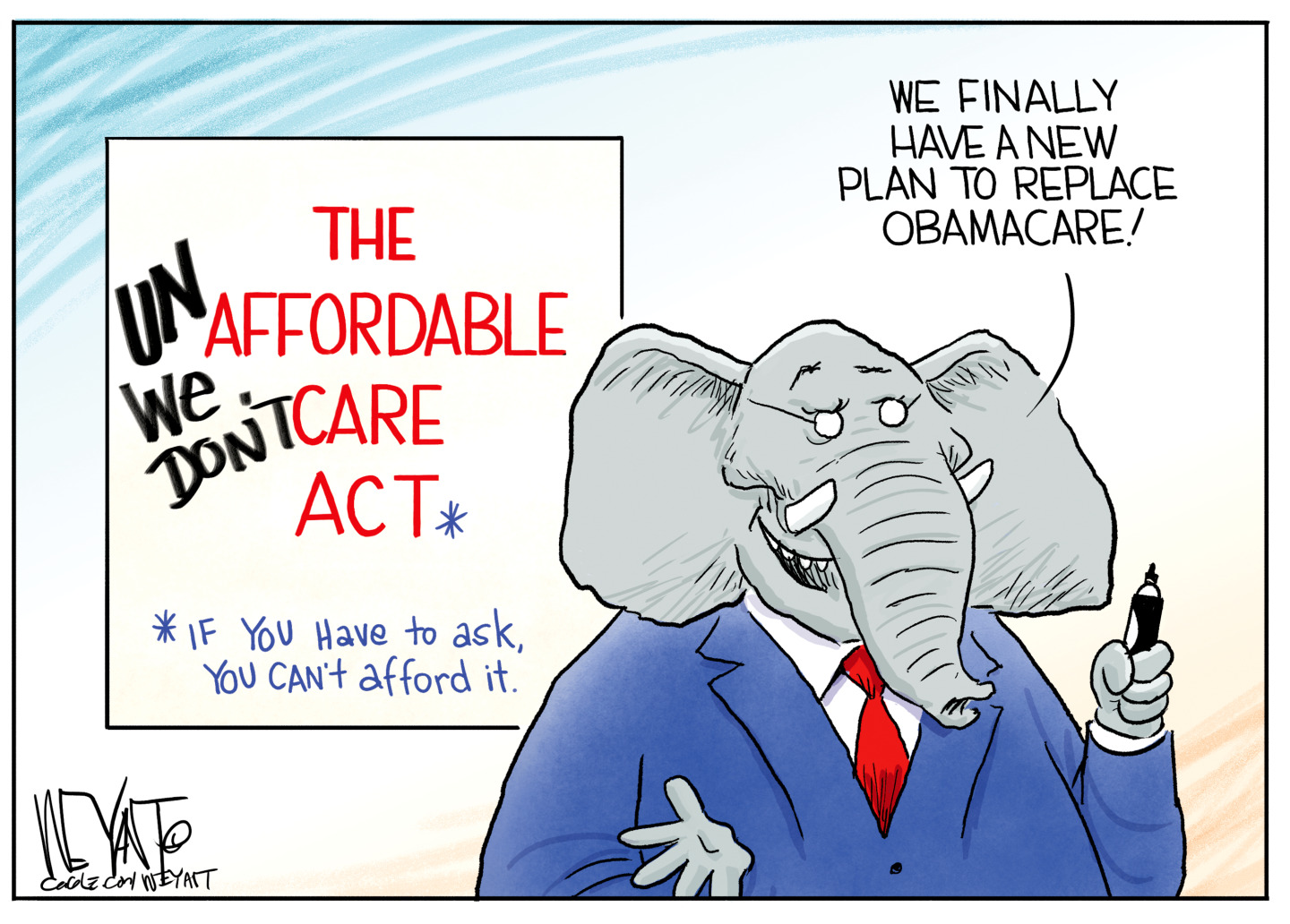Is the Fed's stimulus a 'failure'?
Some economists say the Federal Reserve's latest debt-buying initiative is a big disappointment

In the wake of the financial meltdown, the Federal Reserve had some success goosing the economy and alleviating investor fears (particularly about deflation) by buying up huge amounts of government bonds — a tactic known as quantitative easing. Fed Chairman Ben Bernanke announced a second round of quantitative easing last August. But that so-called QE2, which involved buying $600 billion in federal debt, is now winding down, and many economists have judged its impact to be "surprisingly small" and "disappointing," reports Binyamin Appelbaum in The New York Times. Is the Fed's monetary stimulus experiment really a "failure"?
Yes, and it didn't take an economist to see it coming: You don't need Appelbaum's "terrific story" to see that QE2 failed to do much, says The New York Sun in an editorial. The dollar is weak, unemployment is high, and the price of groceries and gas are skyrocketing. And who predicted this? Sarah Palin, last November. When Bernanke meets the press this week, he may want to explain how Palin, "who is supposed to be so thick," figured this out before he did.
The Week
Escape your echo chamber. Get the facts behind the news, plus analysis from multiple perspectives.

Sign up for The Week's Free Newsletters
From our morning news briefing to a weekly Good News Newsletter, get the best of The Week delivered directly to your inbox.
From our morning news briefing to a weekly Good News Newsletter, get the best of The Week delivered directly to your inbox.
No, QE2 worked just fine: The only thing disappointing here is Appelbaum's story, says Ryan Avent in The Economist. In fact, QE2 accomplished what "most reasonable onlookers expected": Bernanke was staring at a double-dip recession, the Fed stepped in, and the economy has improved measurably since. "The unemployment rate has fallen a full percentage point." The Fed did flub, though, in limiting its buy to $600 billion. Bigger would have been better.
The Fed has too much on its plate already: Clearly, the Fed was hoping that its action would give a psychological boost to the markets, says Dave Schuler at The Glittering Eye. But is such "messaging" really the Fed's job? Don't forget the Federal Reserve's "impossibly difficult bundle of statutory responsibilities: It’s supposed to regulate banks, control inflation and, produce minimal unemployment." That's plenty without worrying about "messaging." Sam Goldwyn's wisecrack about the movies fits here, too: "If you want to send a message, use Western Union."
A free daily email with the biggest news stories of the day – and the best features from TheWeek.com
-
 Political cartoons for December 17
Political cartoons for December 17Cartoons Wednesday's political cartoons include healthcare costs, the affordability hoax, giving up pencils, and more
-
 Trump vs. BBC: what’s at stake?
Trump vs. BBC: what’s at stake?The Explainer The US president has filed a $10 billion lawsuit over the editing of Panorama documentary, with the broadcaster vowing to defend itself
-
 Animal Farm: has Andy Serkis made a pig’s ear of Orwell?
Animal Farm: has Andy Serkis made a pig’s ear of Orwell?Talking Point Animated adaptation of classic dystopian novella is light on political allegory and heavy on lowbrow gags